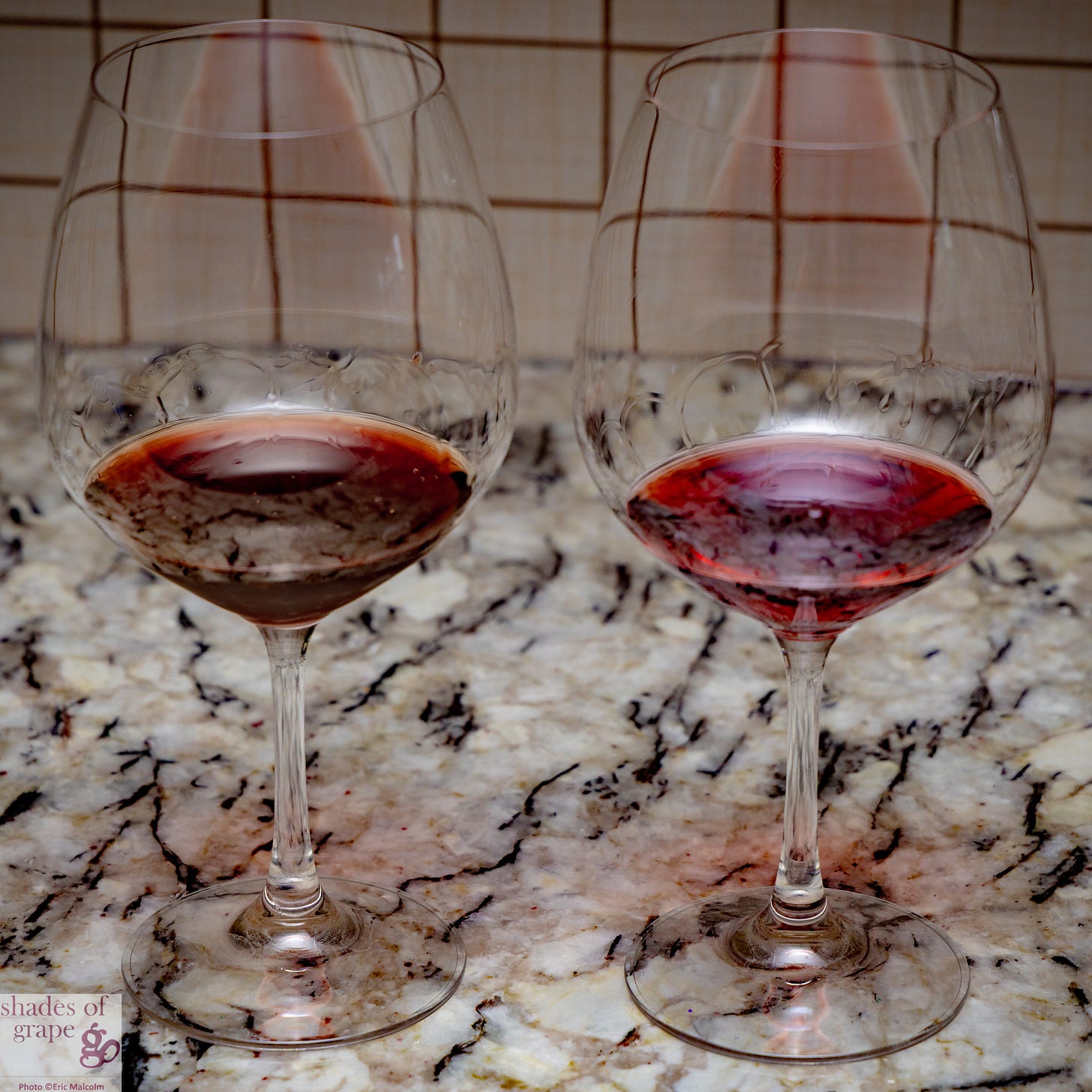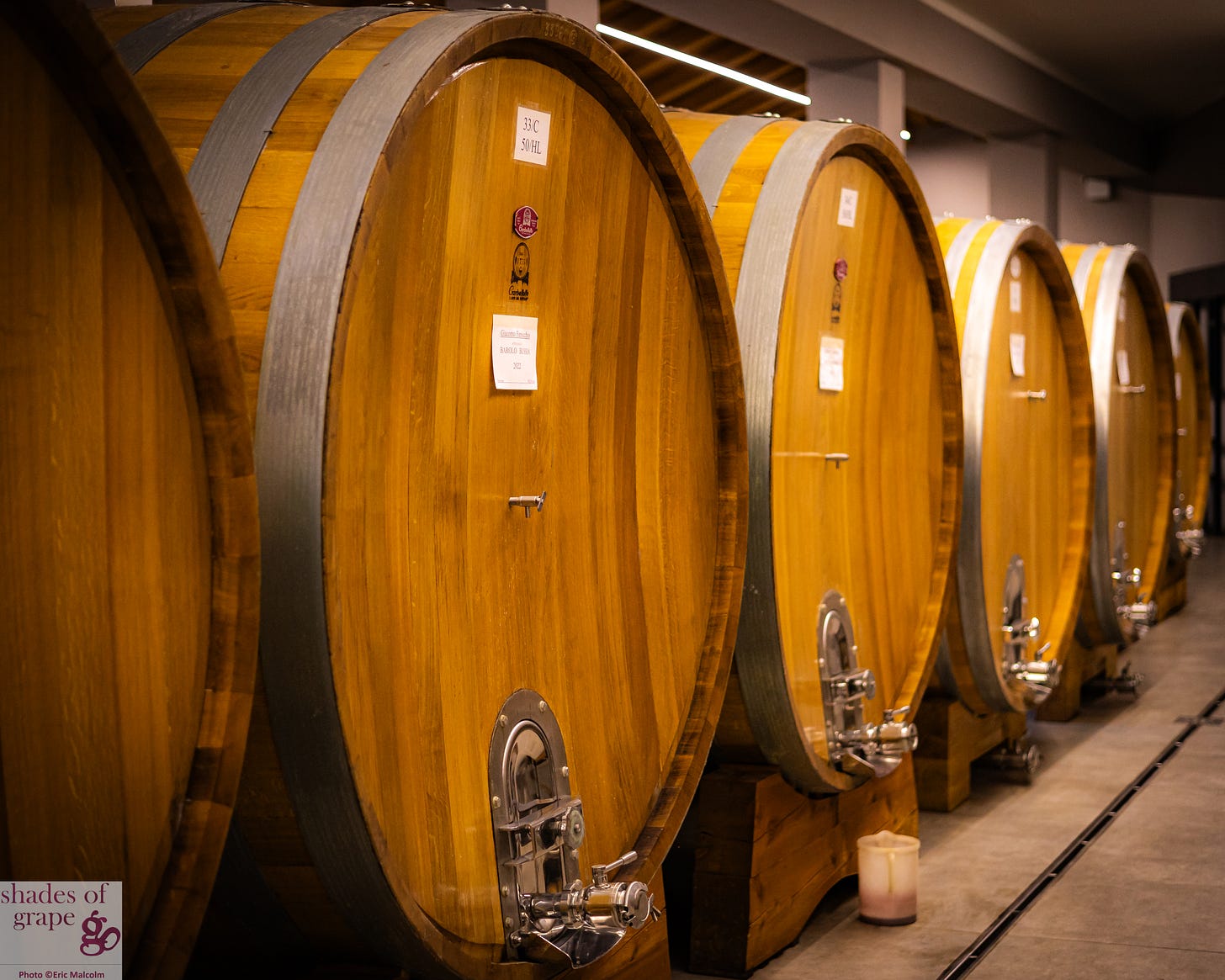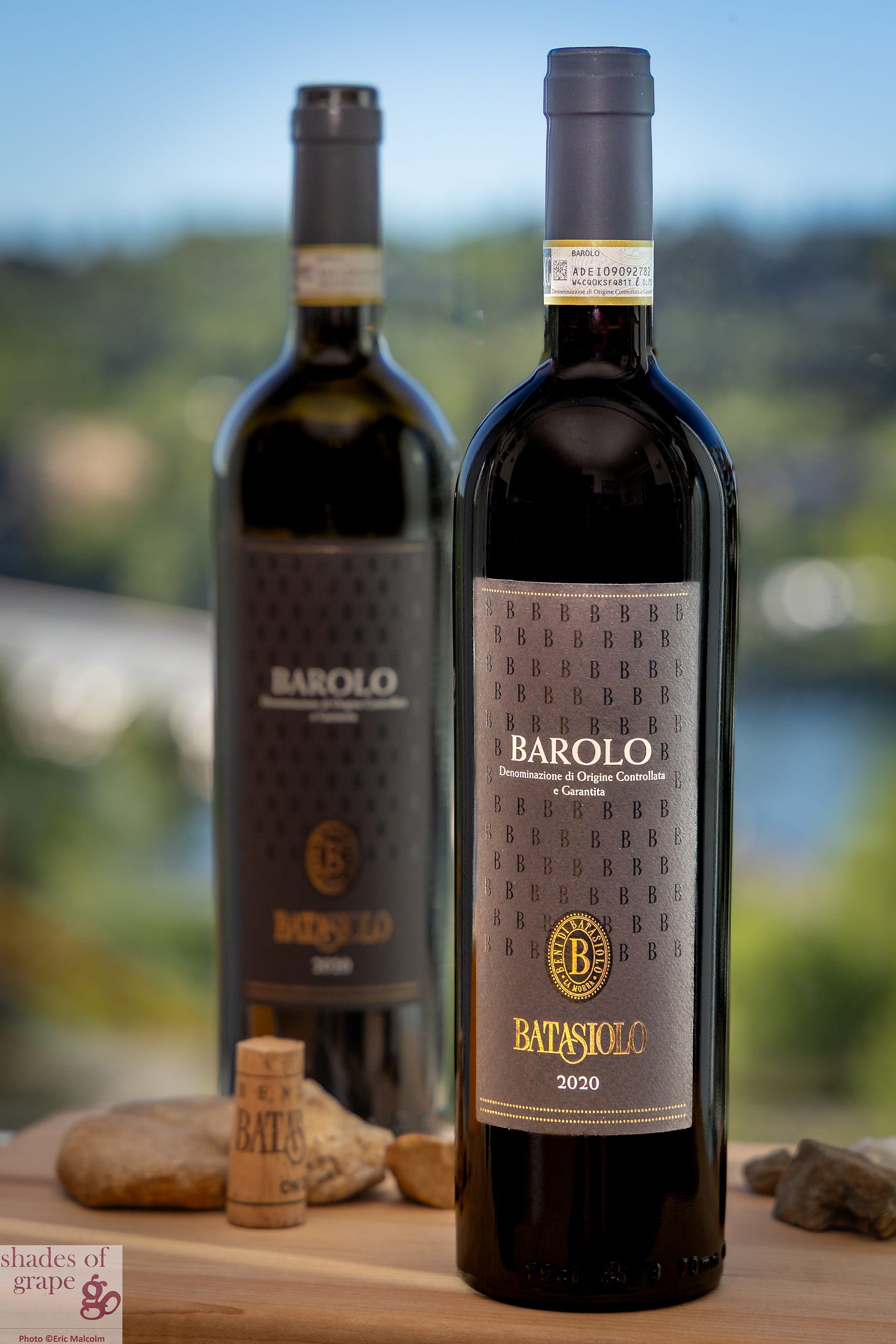Wine Mishaps Series: The Oxidation Edition - When Oxygen Crashes the Party
- too much air, not enough flair: a wine tragedy
I am booking private shop appointments. No commitment or minimum purchase required. You will have Calgary’s Cork Fine Wine store in Bow Valley Square to yourself! Interested? Please reach out! Edmontonian - I am here for you too! Let’s chat!
Thanks to all the paid subscribers for their support! This funding helps cover the costs involved in creating these weekly articles!
Appreciate my wine recommendations? Enjoy my personal wine curation service? Consider upgrading to a paid subscription! Help me continue sharing the world of wine with you.
Last article we introduced a new series called “Wine Mishaps”. I was thinking how my recent personal wine mishaps could have gone down differently for someone with less experience with wine.
Today’s topic is oxidized wines. This brings up the topics of corks, wine color, and of course most importantly, wine taste!
Corks, the topic of the first wine mishaps article, are relevant on the topic of oxidation because the cork (or other closures such as a screw cap, glass top, or crown cap) is what separates the wine from the rest of the world, which on this planet includes air/oxygen.
Handy for us humans. Less so for wine and for us wine drinkers.
Well, not completely true as oxygen plays a key role in wine flavor development during winemaking – where oxygen is introduced in very small increments in time. We call this micro-oxygenation. The best example is ageing wine in wooden barrels which are porous to air.
This is similar to aeration when air is introduced to wine by swirling or decanting. But there is such a thing as too much of a good thing, particularly when the introduction of oxygen is not controlled.
Okay but let’s take a step back. How did your mishap happen?
It happened twice in the last 6 weeks. (This is HIGHLY unusual by the way.)
The first time my better half was pouring wine from the Coravin and said, “Oh wow, this must be an older wine - it has a very brick-ish, almost brown color.” The wine was 100% Sangiovese, a grape that has lower color pigmentation in its skin which results in a lighter color, and which can look brick-ish in color without that much age.
That is when I had a “bad wife” moment, and I VERY condescendingly explained this to him. I had to eat crow when I looked at the wine in the glass and I knew something was wrong. I didn’t even have to smell or taste the wine as the color clearly had a very brownish tone.
And then about 2 weeks ago I had a very hard time removing a cork from a different bottle. The cork was extremely dry and I could not muster the strength to remove it. Better half completed the task and poured the wine. This time the wine was brown. Not just brick-ish. Brown.

And the taste and aroma confirmed it was oxidized.
So what does one do with that. Super annoying.
Yup. Put the cork back in (or whatever the enclosure is). Keep the bottle as full as possible, refrigerate if practical, and return the wine at your earliest convenience. Any reputable wine store or winery will replace the bottle at no cost.
In both these cases, it means that the wine was exposed to too much oxygen because of a defective or dried cork – likely what happened in the latter case. It can also be because excess oxygen was introduced during the bottling process at the winery which affected only a part of a bottling run.
Hey, didn’t you want to talk about color too?
Color is of course pleasing to the eye, but it says so much more about wine. For reds the color of a younger wine will be either ruby red or purple red. But the depth (intensity) of color will vary from translucent to opaque depending on the grape variety and the amount of contact between the skins and the juice. In fact, rosés are very pale, very translucent red wines where the skins had minimal contact with the juice.
Cool I never thought of rosés as red wines!
Some people will argue with me, but ultimately the key difference between rosés and red wines is that red wines are fermented on the skins.
Shades of rosé will range from pink (sometimes almost more light grey) to orange.
That is why you called your Substack Shades of Grape! I finally get it!
Oh brother.
As red wines age or are exposed to oxygen, their shade will shift to garnet (orangey red), tawny, and eventually brown. Their depth of color will also fade as the color pigmentation falls out of the wine with time. Color pigmentation is one of the components of wine sediment.
White wines are made with green grapes, and in their youth start of with yellow or yellow-green color. As they age, they will progressively develop shades of gold, amber, and finally brown.
In the case of my story here. These two wines were faulty.
But Fortified wines (Madeira, Sherries, Ports, Vin Doux Naturel, Rutherglen Muscat, etc.) will be brown, particularly those made with white grapes. Many fortified wine styles are deliberately oxidized in a controlled fashion.
Not a fault.
Nope. They have aromas and flavors that are intended for the style of the wine. The taste of deliberately oxidised wines is nutty, chocolate, coffee, caramel, dried fruit, cooked fruit, marmalade, bruised apple. I wrote about a VDN (Vin Doux Naturel) last December and it had these flavors, and it was absolutely delicious!
How to they control the contact with oxygen?
These wines are aged in wood barrels for a very long time. The barrels are only partially filled, leaving the top fifth of the barrels full of air. The wine is in contact with air until it is bottled. In the case of some wines, particularly sherry, the wine will age exposed to air for decades - sometimes more than 100 years within a solera (a topic for a different article)!
Okay, so return to the wines. And …
The next bottles were great! So much so that I want to talk about the Barolo here. Barolo is a wine and a sub-region. The wine is made from the Nebbiolo grape. You may recall I was in Piemonte, the region that the Barolo sub-region resides in, last fall. I also gave a high-level overview about the sub-regions of Barolo and Barbaresco in one of my top ten articles!
Okay – let’s get into the details of this Barolo!
This was one of my first Barolos. They can be expensive, but this one is very reasonably priced for its quality level. Check out my write up below!
Finally … sheesh!
Enjoying my recommendations? Consider upgrading to a paid subscription.
Batasiolo Barolo 2020 from Barolo, Piemonte, Northwest Italy
Style: Full Body Old World Red Wine
Varieties: Nebbiolo
This is an elegant yet bold wine with flavors of violet, lavender, red cherry, sour red cherry, raspberry, blueberry, anise, herbal, black tea, and leather. It has a lot freshness (aka acidity), high rustic tannins, moderate intensity, and a very persistent finish.
Best pairings: Braised beef short ribs, Prime rib, Osso buco (braised veal shanks), Mushroom based dishes (Risotto, Porcini pasta), Aged cheese: Pecorino, Gorgonzola, Parmigiano-Reggiano.
Serving Temperature: 16-18 degrees Celsius
Serving Tips: Pour into a decanter and serve immediately.
Price: ~$34 Cdn
If you're in Alberta and want a one-on-one wine curation experience, please reach out! I am also booking private shop appointments. No commitment or minimum purchase required. You will have Calgary’s Cork Fine Wine store in Bow Valley Square to yourself! Interested? Please reach out! Edmontonian - I am here for you too! Let’s chat!
A huge thank you to my paid subscribers—your support helps cover the costs of creating these weekly articles.
Love my wine recommendations? Enjoy my personal wine curation service? If you find value in my writing, consider upgrading to a paid subscription to help me keep sharing the world of wine with you!
I have compiled all my wine recommendations in one place. I will do my best to keep this up to date. I also include the link(s) to the article in which the wine was featured.
Like what you are reading? Click on the ❤ to let me know it resonated with you!
SOURCES:
Harding, J. and Robinson, J. (2023) The oxford companion to wine. Oxford, United Kingdom: Oxford University Press.
MacNeil, K. (2022) The wine bible. New York, NY: Workman Publishing.
Wine & Spirit Education Trust (2021) D3: Wines of the World - An accompaniment to the WSET Level 4 Diploma in Wines. Version 1.2. London: Wine & Spirit Education Trust.





A tragedy indeed!